PTFE (Polytetrafluoroethylene) molding is a manufacturing process used to create PTFE components, such as gaskets, seals, and washers. This process involves shaping PTFE, a high-performance polymer known for its excellent chemical resistance, high-temperature stability, and low friction properties, into desired forms for various industrial applications. The process ensures that PTFE parts meet the necessary specifications for durability and performance.
Types of PTFE Molding
There are several types of PTFE molding processes, with the most common being compression molding, ram extrusion, and transfer molding. In compression molding, PTFE powder is placed into a mold cavity, which is then heated and pressurized to form a solid shape. Ram extrusion involves forcing PTFE through a die to create continuous shapes, like rods or tubes, which are then cut into desired lengths. Transfer molding is similar to compression molding, but the PTFE powder is first preheated before being transferred into the mold under pressure.
Steps in PTFE Molding Process
- Preparation of PTFE Powder: The PTFE resin is first processed into fine powder form. This powder may be mixed with lubricants or fillers to enhance performance.
- Loading the Mold: The PTFE powder is loaded into a preheated mold cavity. For compression molding, the mold is then closed, and pressure is applied.
- Heating and Sintering: The mold is heated to a specific temperature, which causes the PTFE to soften and fuse, forming the desired shape. Sintering ensures that the PTFE particles bond together.
- Cooling and Ejection: After the required molding time, the mold is cooled, and the formed PTFE part is ejected.
Benefits of PTFE Molding
PTFE molding allows for the precise shaping of components, ensuring uniformity and performance. This process is crucial in producing high-quality PTFE seals and gaskets used in industries like chemicals, pharmaceuticals, and food processing.

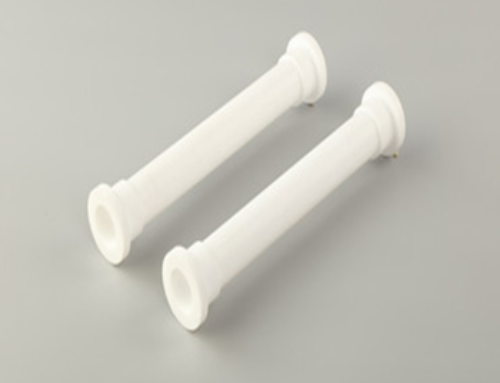
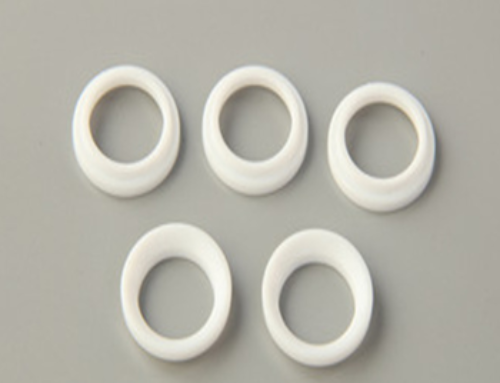
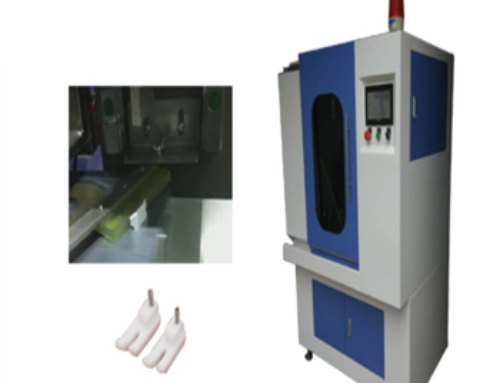
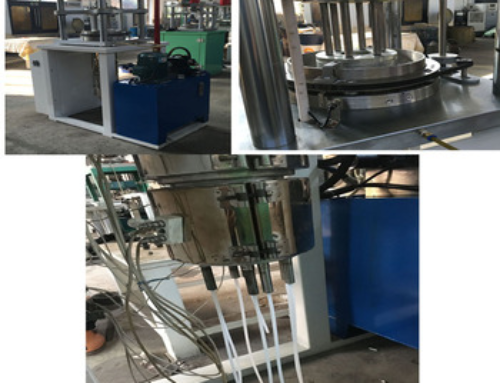
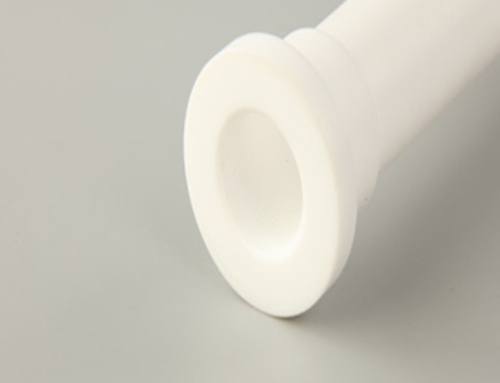

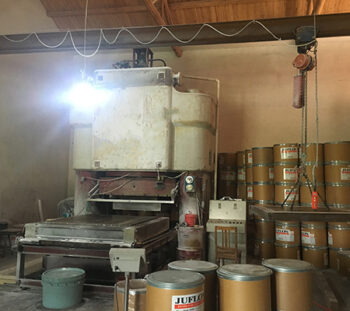
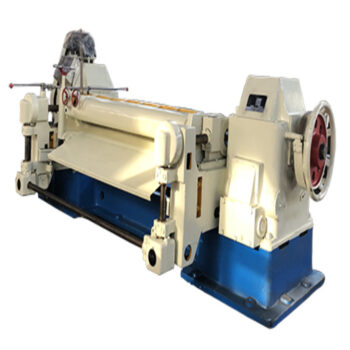
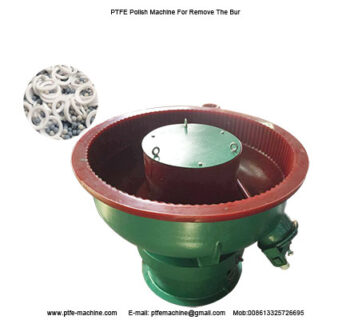
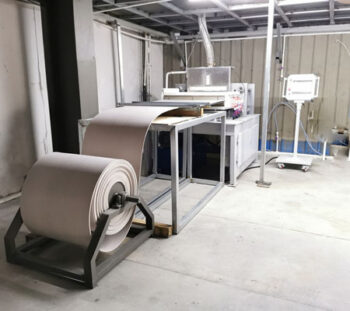
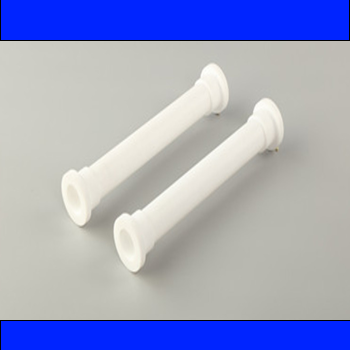

Leave A Comment
You must be logged in to post a comment.